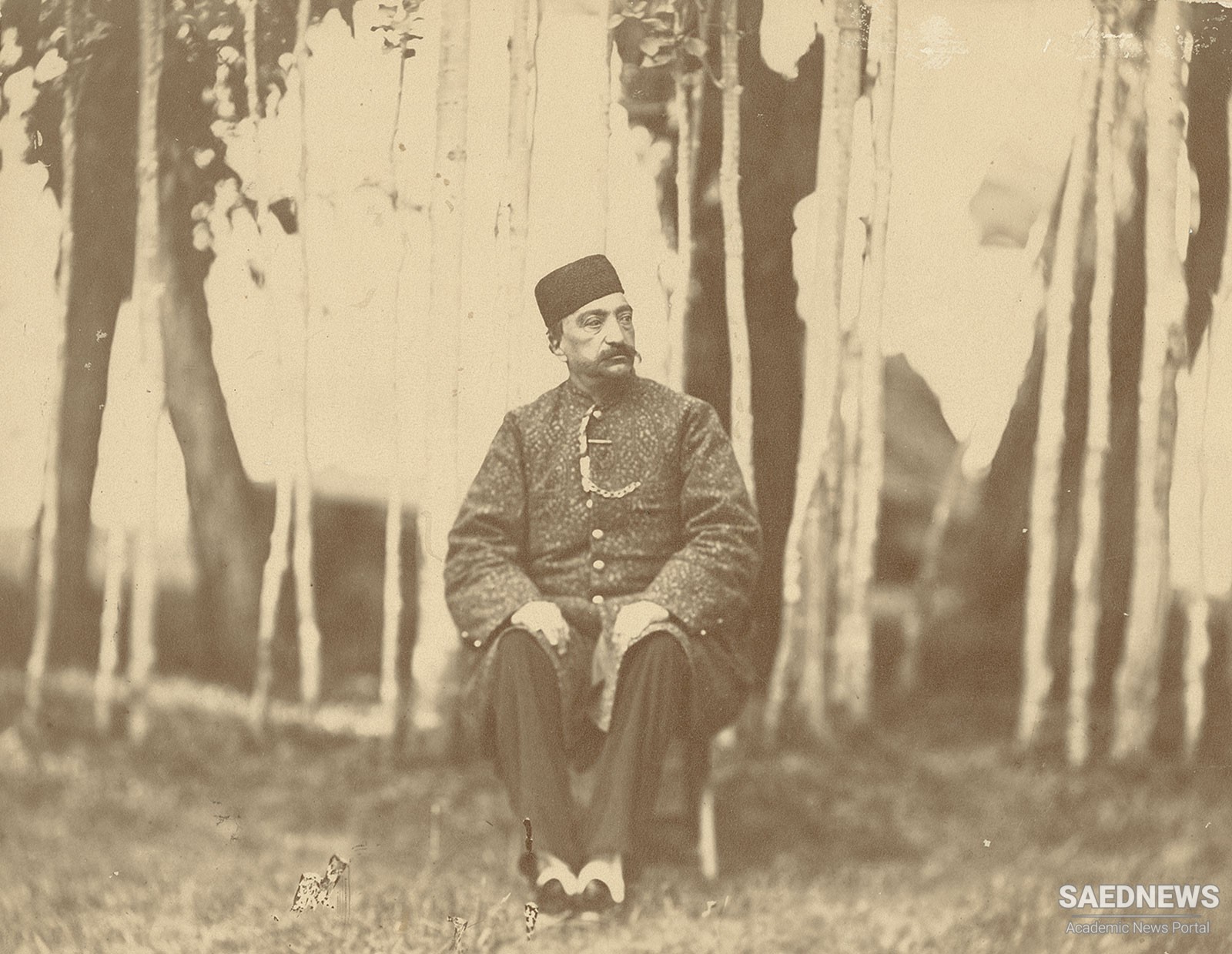The Tobacco Protest, and later the assassination of the shah, were symptoms of deeper discontent that first surfaced in makeshift jellygraph posters denouncing the shah and his government, in the exile newspapers such as Qanun published in London by Malkom Khan and smuggled to Iran to clandestine reading groups and discussion circles. Dissent found wider and more organized public expression in the coming years as the Naseri age gave way to a more relaxed decade under Mozaffar al-Din Shah (r. 1896– 1906). Broader access to the printed word through newspapers and books broadened the intellectual horizons. The nascent press was hardly allowed to criticize the Qajar state and its local agents, but newspapers andtranslations of Western popular knowledge brought greater awareness of scientific and technological advances, world geography and history, institutions of a modern state, discovery of new lands, and Western colonial advances and economic penetration. The Constitutional Revolution of 1905–1911 signified the rise of a new national community conscious of itself and its deprivations largely through press and telegraph communication inside Iran and with the outside world (Source: Iran a Modern History, Abbas Amanat).


 Unemployment, Immigrant Workers and Revelations of Iran's Underdevelopment
Unemployment, Immigrant Workers and Revelations of Iran's Underdevelopment














































